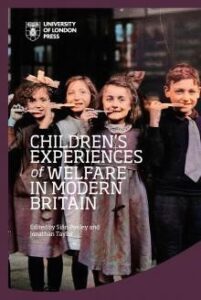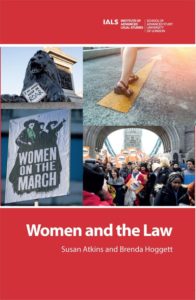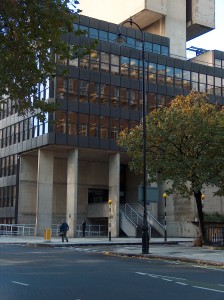The Children Act received Royal Assent on 16 November 1989
At the time of its enactment, the Children Act was designed to be a dramatic departure in relation to the previous legislation as it centred around the fact that children are best cared for within their own families; furthermore, the drive for reform came on the back of several high-profile child abuse cases and an inquiry into the actions of “over-zealous” social workers in Cleveland.
The Children Act 1989 states that children’s welfare should be the paramount concern of the courts but the Act also makes provision for instances when parents and families do not co-operate with statutory bodies. The full title of the Act is:
An Act to reform the law relating to children; to provide for local authority services for children in need and others; to amend the law with respect to children’s homes, community homes, voluntary homes and voluntary organisations; to make provision with respect to fostering, child minding and day care for young children and adoption; and for connected purposes.
The Children Act 1989 gave every child the right to protection from abuse and exploitation and the right to inquiries to safeguard their welfare. Its central tenet was that children are usually best looked after within their own family.
Lady Hale on the Children Act
On 13 November 2019, Lady Hale, then President of the UK Supreme Court, presented a lecture on the Children Act to commemorate the 30th anniversary of the Act.
In her speech Lady Hale mentioned that when being interviewed for a position at the Law Commissioner in May 1984 she was asked about possible reform of the existing child law and said that she could think of “at least 10 things that were wrong with it”. She was subsequently appointed as a Law Commissioner and whilst working on the reform of child law she helped to identify 5 main objectives:
-
- to reform, simplify and codify the substantive law;
- to create a new family justice system;
- to unify children’s social services;
- to clarify the boundaries between what courts did and what social service providers did; and
- to separate the family and the youth justice system.
The principal defect of the existing law at the time was the failure to adequately protect the rights of both children and their parents in relation to their private and family lives. This was one of the main tenets of the European Convention on Human Rights but the Convention, although it had been in existence for some time, was only incorporated into UK law in 1988 via the Human Rights Act 1988 so its effects were still in their infancy.
For an examination of the rights and experiences of children prior to the enactment of the Children Act see the recently published Open Access book from the University of London Press:
Children’s Experiences of Welfare in Modern Britain
Edited by Siân Pooley and Jonathan Taylor
This publication is also available to purchase as a print copy.
Discount available to readers of the IALS Blog – use CHIWEL30 at the checkout for a 30% discount.
Children’s Experiences of Welfare in Modern Britain brings together the latest research as provided by the state, charities and families from 1830 to 1980. Demonstrating how the young were integral to the making, interpretation, delivery and impact of welfare services, the chapters consider a wide range of investments in young people’s lives, including residential institutions, emigration schemes, hospitals and clinics, schools, social housing and familial care.
See also:
Written by Susan Atkins, Brenda Hoggett (now Lady Hale)
Women and the Law is a pioneering study of the way in which the law has treated women – at work, in the family, in matters of sexuality and fertility, and in public life. Written by Susan Atkins and Baroness Brenda Hale, then University teachers, the book was first published in 1984. The authors examine the origins of British law’s attitude to women, trace the development of the law and ways in which it reflects the influence of economic, social and political forces and the dominance of men.
Further Reading
30 Years of the Children Act 1989 – The Law Commission
An overview of child protection legislation in England – House of Commons Library (parliament.uk)




